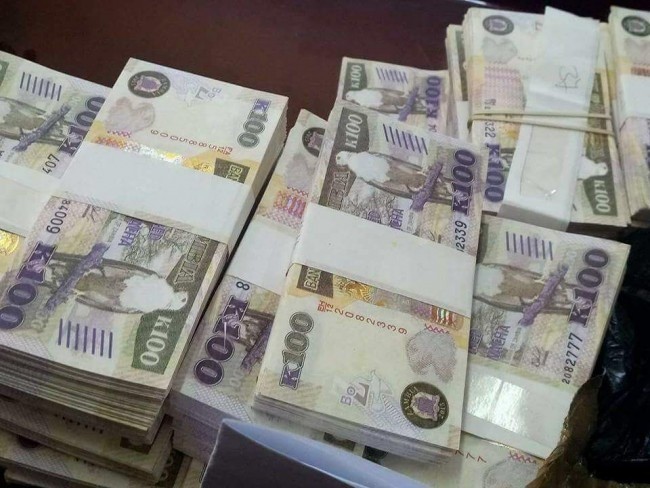Zambia’s Currency Rally Runs on Copper and Hope
The kwacha (USDZMW) is soaring, up 23% YTD, lifted by copper (HG1:COM) near USD 9,800/t. Yet Zambia’s rally masks fragility: without diversification beyond First Quantum (TSX:FM), Barrick [NYSE:GOLD], and Vedanta [LSE:VED], the strength won’t last.

Zambia’s currency has staged an impressive rally. The kwacha [USDZMW] has strengthened to around 22.76 per dollar, its firmest level since early 2024, and is up roughly 23 percent year-to-date. On the surface, this looks like validation of Lusaka’s reform narrative. In reality, it reflects how tightly Zambia’s macroeconomy remains chained to copper [HG1:COM]—a structural dependence that continues to mask fragility, not strength.
Copper exports generate about 72 percent of Zambia’s goods export earnings, and the metal’s price—hovering near USD 9,800 per tonne on the London Metal Exchange—has been buoyed by Chinese grid expansion and global demand for electric vehicles. The production outlook for key mines such as Mopani and Kansanshi has improved, with output expected to rise modestly in 2025. Shares of operators including First Quantum [TSX:FM], Barrick Gold [NYSE:GOLD], and Vedanta [LSE:VED] have benefited from stronger margins and renewed investor optimism.
Yet the rally is built more on momentum than durability. Once profit repatriation is excluded, Zambia’s current-account surplus narrows sharply. Foreign-exchange reserves—at about USD 3.0 billion, equal to roughly four months of import cover—offer only a thin cushion. The IMF-supported debt-restructuring framework has stabilised sentiment but not resolved solvency risk. Without diversification and deeper capital markets, the kwacha’s rise remains hostage to global copper prices and domestic power stability—both historically unreliable anchors.
Monetary policy has amplified the rally. The Bank of Zambia maintains a policy rate of 11 percent, with inflation running near 8 percent, leaving one of Africa’s few positive real yields. That has drawn regional fund inflows into kwacha-denominated bonds, suggesting carry-trade positioning rather than confidence in fundamentals. These inflows can reverse as quickly as they arrive once U.S. yields rise or copper momentum slows.
Officials interpret the currency’s strength as evidence of policy credibility. It is better understood as a liquidity episode superimposed on a commodity cycle. Similar surges occurred in 2021 and mid-2023, each followed by sharp reversals when power shortages, drought, or lower copper prices eroded export receipts. Without larger reserves or a more diversified economy, the cycle is destined to repeat.
A stronger kwacha also has side effects. It compresses profit margins for non-copper exporters in agriculture and manufacturing just as transport and energy costs rise. Zambia’s real effective exchange rate now sits several percentage points above its five-year average, indicating possible overvaluation. While a firm currency reduces import costs, it undermines export competitiveness in the very sectors policymakers are counting on for diversification.
Comparative regional signals reinforce this caution. The South African rand (USDZAR) and Angolan kwanza (AOA) both appreciated sharply during commodity booms only to unwind when external demand softened. Zambia faces the same risk: a fiscal deficit still near 5 percent of GDP, and a power system still 85 percent reliant on hydroelectric generation, leaves the economy vulnerable to weather shocks and price corrections.
The next policy task is to make strength serve strategy. Building reserves during the upswing, expanding local-currency bond participation, and accelerating non-mineral export capacity could convert temporary appreciation into resilience. In parallel, faster progress on energy diversification and infrastructure investment would insulate production from climatic volatility.
For investors, the lesson is not to read this rally as a structural turnaround. Zambia’s fundamentals remain dominated by one metal, one market, and one cycle. The kwacha’s current rise is real—but its permanence is conditional on how quickly Zambia can turn copper revenue into a diversified base of value creation.





